Chile’s earthquake-delayed school year begins
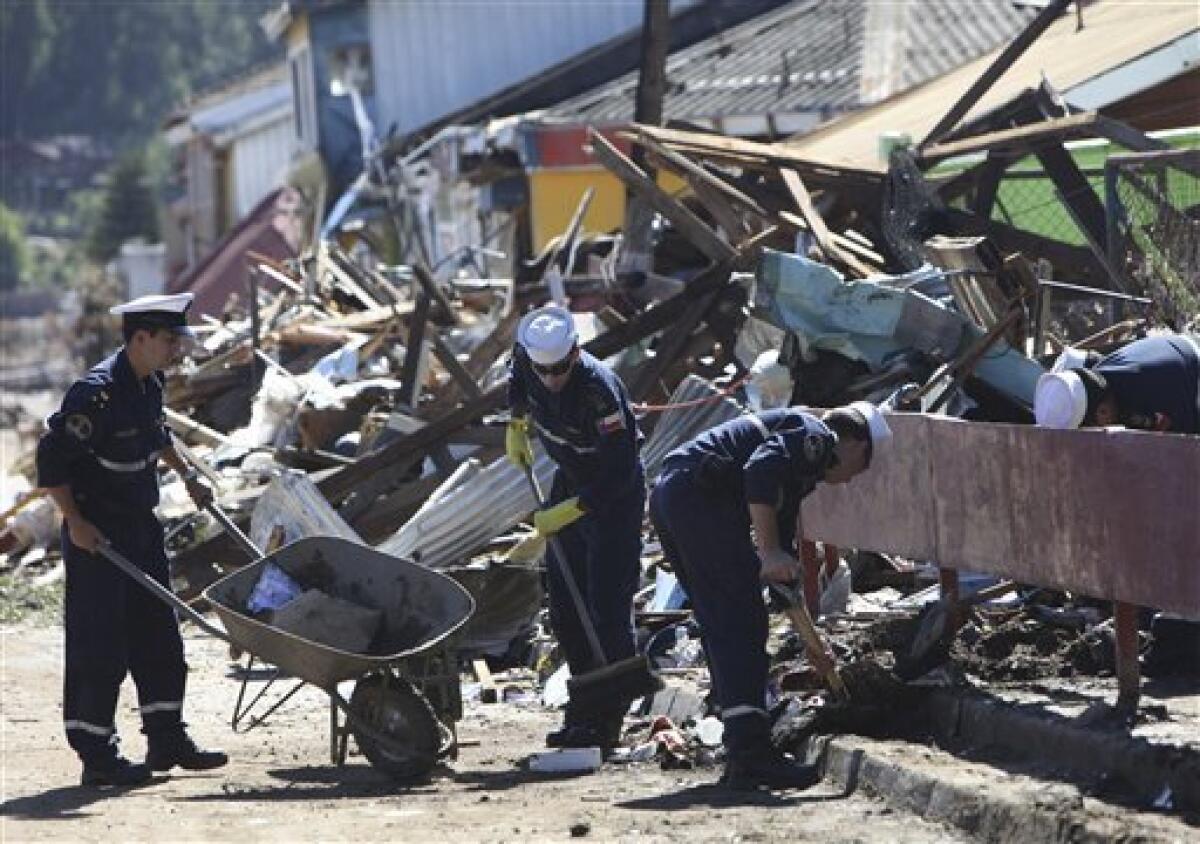
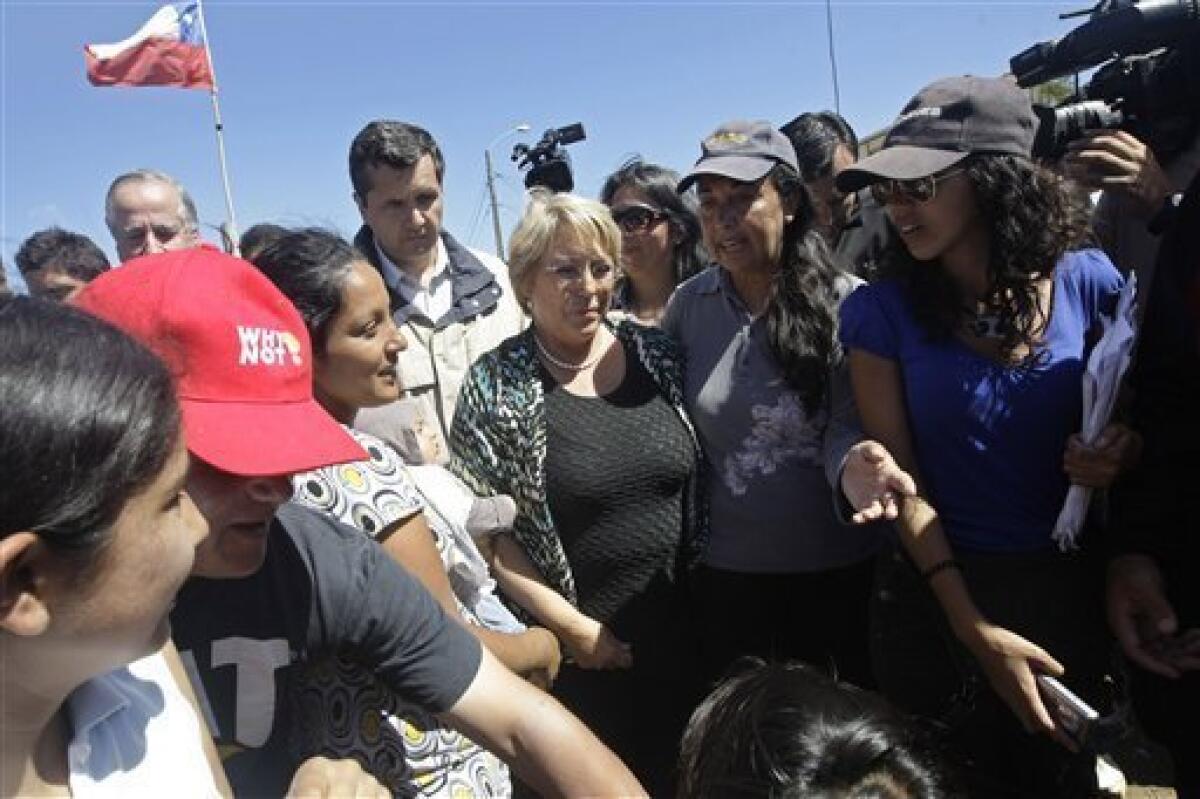

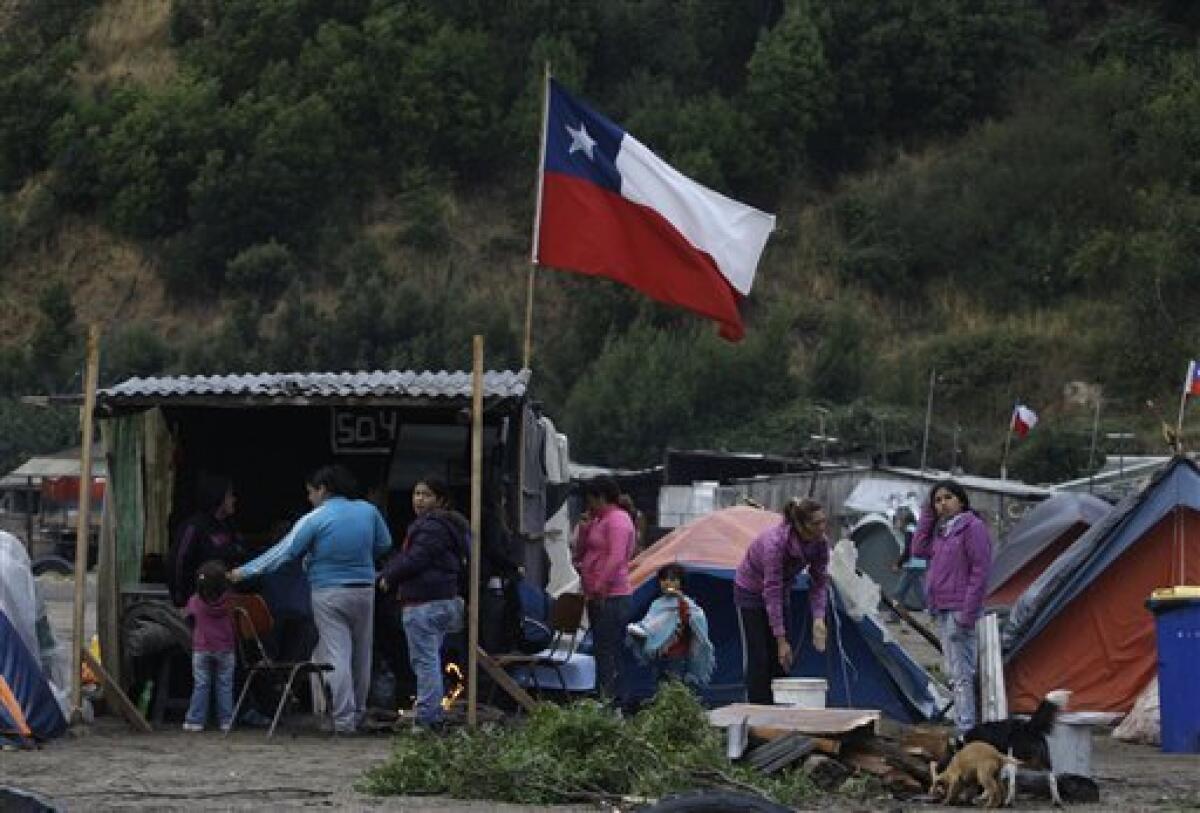
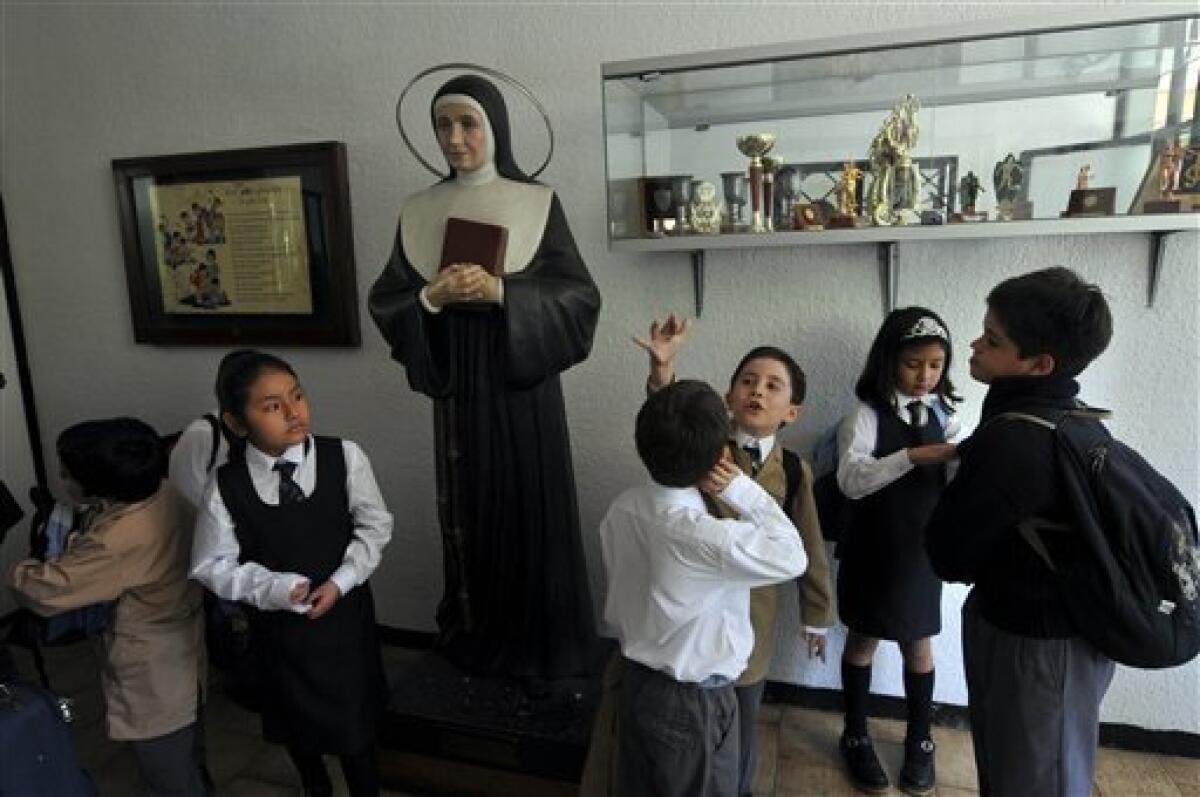

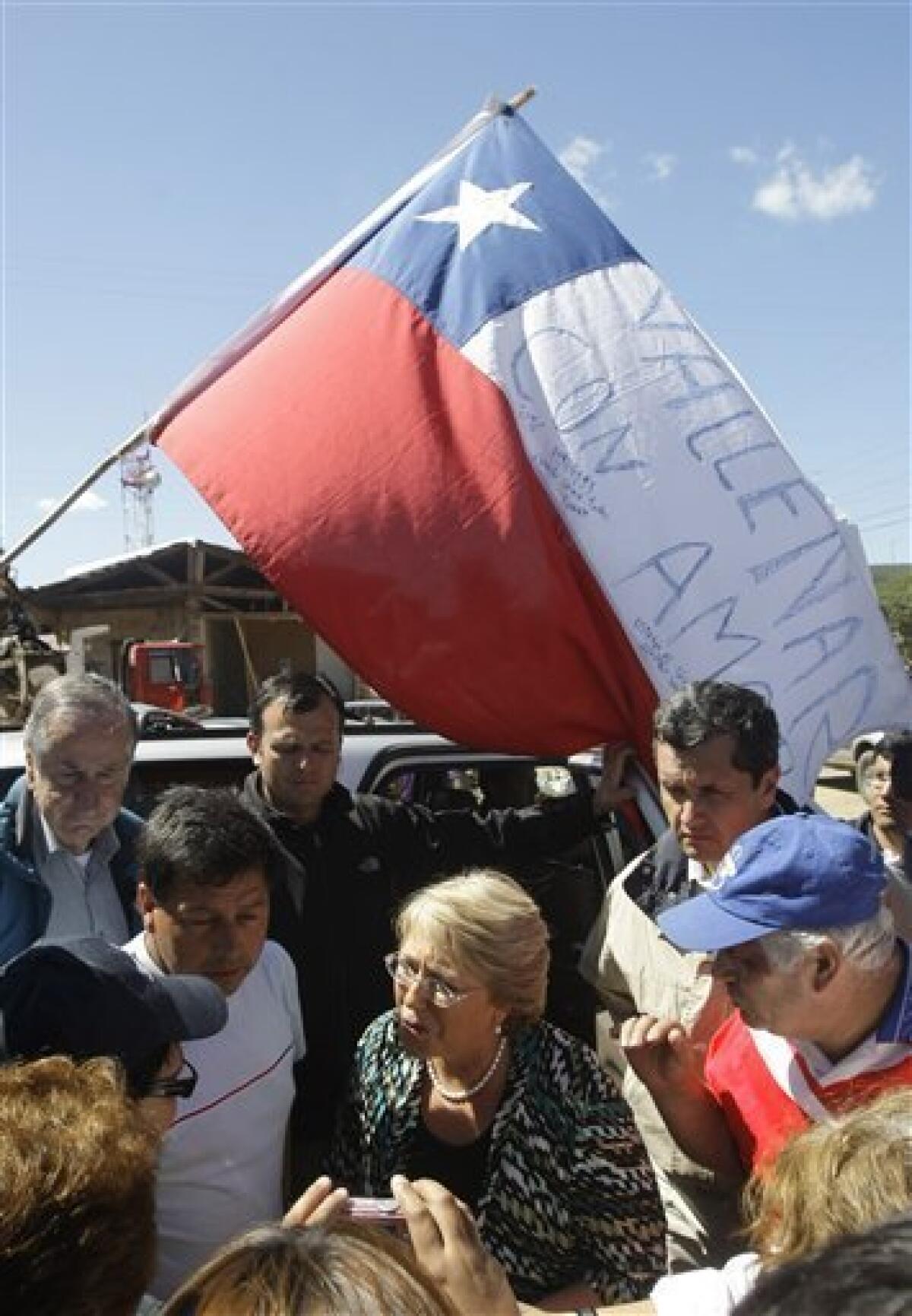

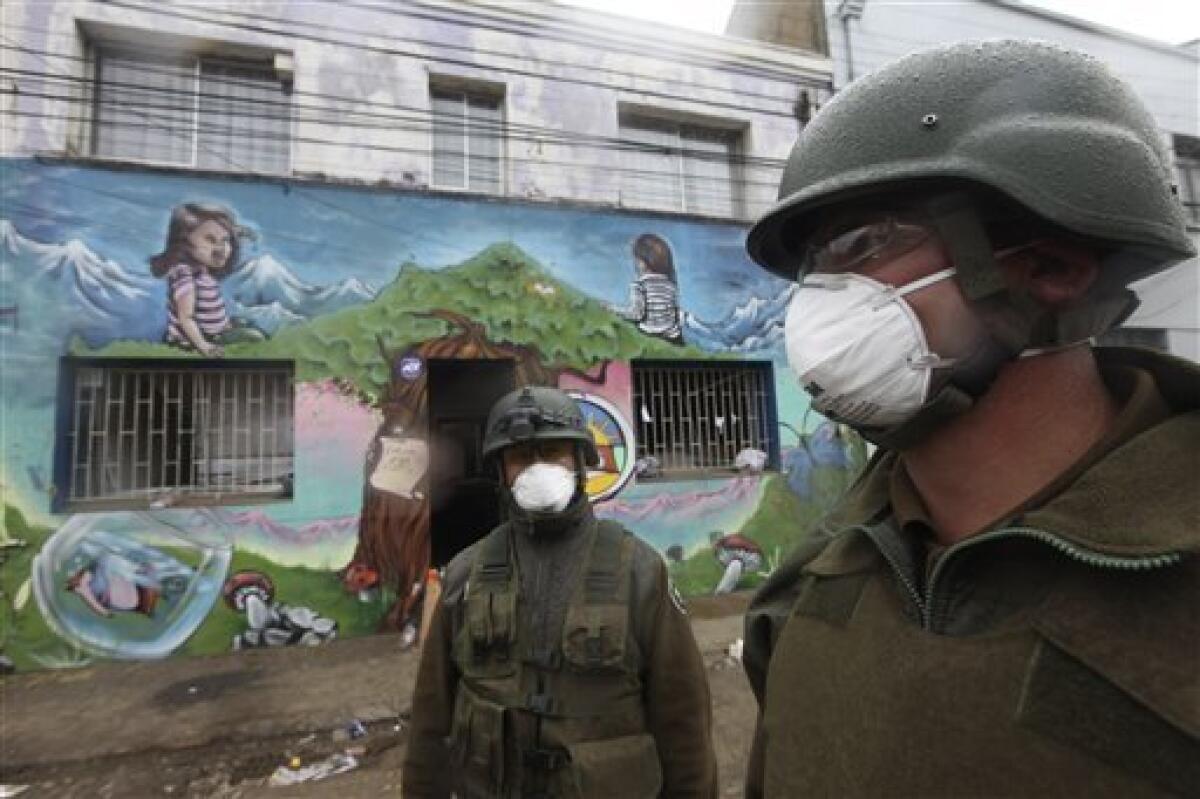
Chile’s earthquake-delayed school year began Monday, but education officials said it may take until April 1 before all students are back in classrooms.
About half of the schools in the disaster zone have some damage from the 8.8-magnitude earthquake and tsunami, and others are being used as staging areas for relief. While the education ministry hasn’t tallied the total repair cost, it will likely use up a large part of the $1.2 billion that Chile estimates it will need for restoring infrastructure.
The earthquake hit on the last weekend of the South American summer vacation, and many families had just made back-to-school purchases of books and uniforms, only to see the supplies ruined or swept away.
“This is all we’ve found of all the supplies we bought for my son,” said Marcela Ortiz, holding up a single mud-covered black shoe in Dichato, where the tsunami destroyed 80 percent of the houses, reducing many to stinking piles of lumber and twisted metal. Picking through the wreckage, many townspeople realized almost nothing was salvageable.
Reopening schools is a key part of the recovery effort. While rescue missions shifted to relief several days ago, bodies are still being recovered and identified, increasing the confirmed death toll to 497 Monday, Deputy Interior Minister Patricio Rosende said.
The government is still trying to determine exactly how many schools are unusable, but Education Minister Monica Jimenez said 80 percent of the students in the areas most affected by the disaster - more than 2 million in all - were resuming classes Monday, a week late. She said schools would gradually reopen for the rest.
“By April first, we expect to have regional school systems functioning 100 percent,” said Miguel Rojas, the regional education director in Concepcion.
To make up for lost time, the July winter vacation has been canceled, authorities said.
School can’t reopen quickly enough for 8-year-old Hernan Perez Villagran, who has been camping in a park with his mother, sister and four other relatives in Concepcion since the earthquake.
“I want to go back to school, I’m bored here. I want to see my friends,” he said.
Only schools that can guarantee water, power and safety for the children will be allowed to reopen, Rojas said. School directors will have to personally sign documents proving they have fulfilled the requirements, Rojas said.
In Chile’s capital, Santiago, Mayor Pablo Zalaquett said many older school buildings show dangerous cracks that need to be analyzed by structural engineers to be sure they are safe. Some 400,000 of the Santiago region’s 1.4 million primary and middle-school students had to stay home Monday as only some schools resumed.
The 108-year-old Liceo Manuel Barros Borgono, an iconic school building in Santiago, remained closed, with at least 11 of its 20 classrooms unusuable even though its handsome red brick facade appeared perfectly intact. Its 2,000 students don’t yet know where they will resume their studies.
A group of students crowded outside Barros Borgono’s closed gates seeking information, but no one answered them. A sign hanging from a tree read: “The date when classes resume will be announced as soon as possible.”
“Apparently the school doesn’t have structural damage, but it does show cracks in the walls, and with these aftershocks it could become dangerously weakened. We don’t know what we’re going to do,” said Nicolas Nunez, president of the school’s student center.
Some unaffected schools may need to share classrooms with others, with children studying in two shifts each day, the mayor suggested.
---
Associated Press Writer Michael Warren contributed to this story.